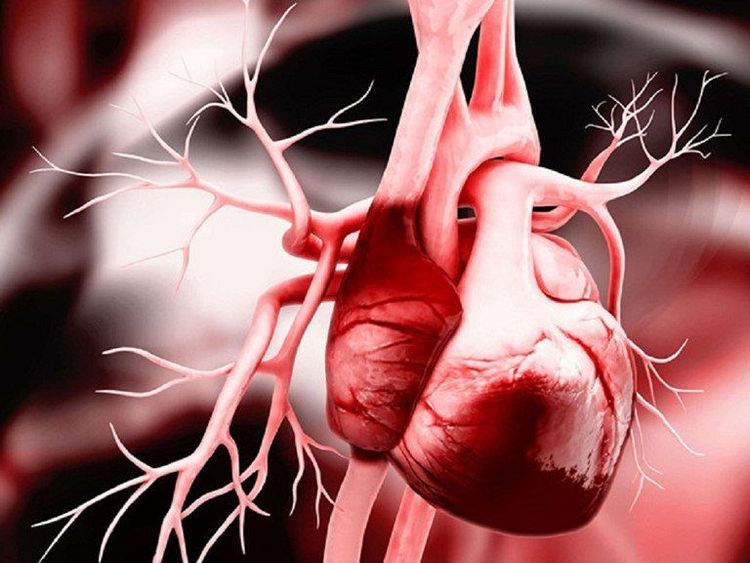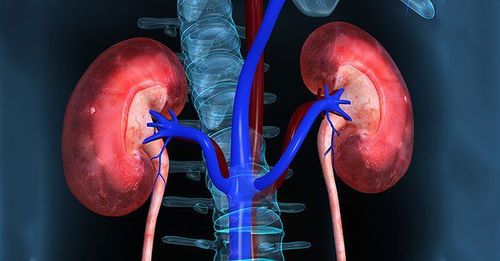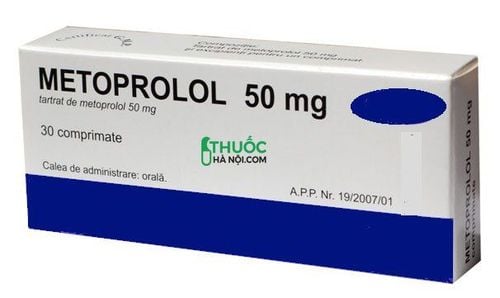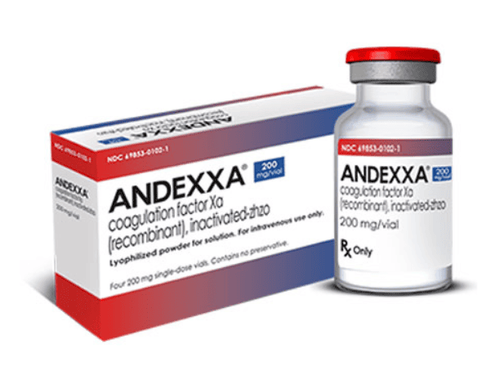This is an automatically translated article.
The article is professionally consulted by Master, Doctor Pham Van Hung - Interventional Cardiologist - Department of Medical Examination & Internal Medicine - Vinmec Danang International HospitalToday, cardiac catheterization has become a very popular means of both diagnosis and treatment support in cardiovascular centers. This is inherently an intervention technique on the patient's body, so there are always certain risks.
Therefore, understanding the complications of cardiac catheterization will partly help to make a more thorough implementation decision, making the procedure more beneficial.
1. Learn about cardiac catheterization
Cardiac catheterization is a technique that uses a catheter, which follows a large blood vessel into the heart. As a result, the doctor will evaluate abnormalities, anatomical and physiological damage of the heart and blood vessels supplying the heart. In addition, cardiac catheterization also helps to measure hemodynamic parameters, including vascular and chamber pressures, cardiac output, and oxygen saturation. Through cardiac catheterization, doctors can apply intervention methods to treat some cardiovascular diseases that previously needed to open the chest such as coronary artery stenting or intervention to treat some heart diseases. natural.
This is inherently an invasive technique on the patient's body, so there are always certain risks.
2. Major Complications
Myocardial infarction, ischemic stroke or even death are important complications to consider before deciding to perform cardiac catheterization. Although the risk-to-benefit ratio is very low, physicians should always advise patients and their family members thoroughly, except in emergencies.
Subjects at high risk of this complication are people over 60 years old, women more than men, patients with severe heart failure or pre-existing chronic diseases such as heart valve disease, chronic kidney disease, etc. diabetes, peripheral artery disease, cerebrovascular disease, lung disease...

3. Local complications
Complications at the catheterization site are the most common problems that occur immediately after the procedure or in the days following removal, including:
Traction bleeding Length at the puncture site: Most patients stop bleeding after keeping the compression band for 24 hours. However, hemostasis sometimes becomes very difficult, requiring a longer period of compression or the use of special instruments, especially in patients with pre-existing anticoagulants. Hematoma Formation: The formation of a hematoma is common when cardiac catheterization is introduced from the femoral artery, leaking blood and extending into the soft tissue of the upper thigh. If not resolved quickly, the blood mass gradually enlarges, causing compartment syndrome, compressing the blood vessels and nerves that supply the thighs and the entire lower extremities. If cardiac catheterization is entered by means of the radial artery at the wrist, the upper extremities are also at increased risk for the same complication. Arteriovenous Anastomosis: Continuous blood flow from the site of arterial perforation due to cardiac catheterization may enter the adjacent venous perforation, leading to the formation of an arteriovenous fistula. Blood flow is suddenly "switched off", not going to nourish distant organs. Aneurysm: During cardiac catheterization, the insertion of catheters and other instruments through the blood vessel into the heart can cause trauma to the vessel wall. The vascular wall layer is damaged, so it loses its solid structure, easily forming an aneurysm and is at risk of rupture if the internal blood pressure is high.
4. Arrhythmia
When catheters are inserted into the heart chambers, this can become the trigger that triggers a variety of arrhythmias and conduction disturbances. Heart that beats too fast, too slow or irregularly will be quickly detected on the monitor.
Usually, these arrhythmias are transient and stop if the technician corrects the catheter path. However, some cases can cause dangerous arrhythmias, affecting hemodynamics, requiring timely intervention of cardiogenic shock to save the patient's life.
5. Perforation of the heart or large blood vessels
Perforation is an extremely rare complication of cardiac catheterization. However, the risk is greater when rigid catheters are used in procedures requiring biopsy, transseptal atrial septal defect, balloon dilation, or pacemaker placement.
The risk of this complication is more common in female and elderly patients.
6. Allergies
Allergic reactions during cardiac catheterization may be due to local anesthetics, contrast media, Protamine Sulfate or, rarely, to Heparin.
If allergy symptoms are mild, patients will quickly get relief with conventional H1 antihistamines or corticosteroids, reducing the rate of severe reactions to less than 1%. However, if a severe allergic reaction occurs, the patient should be treated immediately in a manner similar to anaphylaxis with intravenous epinephrine.
7. Arterial embolism
During cardiac catheterization, atherosclerotic debris on the trauma-prone artery wall becomes sloughed off. These debris travel through the bloodstream, which can cause systemic embolism, such as embolism of the arteries of the brain, retina, kidney, and even the gastrointestinal tract.
Of which, the heaviest is cerebral embolism causing cerebral infarction. Large atherosclerotic plaques causing major arterial embolism, causing large-scale cerebral infarction or many small plaques causing multifocal infarcts all leave long-term sequelae for patients, reducing quality of life.
8. Acute kidney failure
There are three main causes of renal dysfunction due to cardiac catheterization: (1) Contrast-induced acute renal failure, (2) Renal artery embolism and (3) Renal hypoperfusion due to blood disorders motion.
Regardless of the cause, with active supportive treatment, kidney function will gradually return to near normal as before the intervention. However, many cases of severe kidney failure require hemodialysis support.

9. Infection
Cardiac catheterization is always prepared and performed under absolutely sterile equipment and environment, but the possibility of infection cannot be completely ruled out. Therefore, in high-risk subjects for endocarditis such as valvular heart disease, prosthetic heart valve, congenital heart disease, prophylactic antibiotics should be given before the procedure.
In addition, the infection rate with radial catheterization has been reported to be approximately 10 times more likely to cause infection than with the transfemoral approach.
10. Radiation exposure
Cardiac catheterization images are observed under the fluorescein membrane during X-ray irradiation. Therefore, the risk of radiation exposure is completely unavoidable. This risk also applies to medical staff working in the catheterization room.
Today, when the cardiac catheterization technique has become popular, the doctor's skills are constantly being improved, and the implementation time has also been significantly shortened. In addition, studies on the effects of radiation exposure have not been clearly reported.
To help patients detect cardiovascular diseases early, so that they can have appropriate treatment at an early stage, bringing optimal treatment efficiency, Vinmec International Hospital now has a Cardiac Screening Package Cardiovascular - Basic Cardiology examination, for the following subjects: Cold limbs; heart palpitations; Rapidly breath; Anxiety, insomnia; Shoulder, wrist pain; Unexplained fatigue; Sweating, indigestion; Swollen feet; Frequent migraines; Feeling of angina when walking; Family with heart disease...
Advantages of cardiovascular screening at Vinmec International General Hospital include:
Medical team - doctors are leading experts, highly qualified , dedicated and wholeheartedly for the benefit of the patient, bringing high efficiency in medical treatment; Comprehensive and professional medical examination, consultation and treatment services; System of modern equipment, supporting effective diagnosis and treatment; Modern, civilized, luxurious and sterile medical examination and treatment space.
Please dial HOTLINE for more information or register for an appointment HERE. Download MyVinmec app to make appointments faster and to manage your bookings easily.














